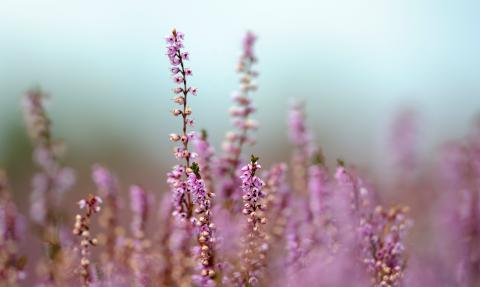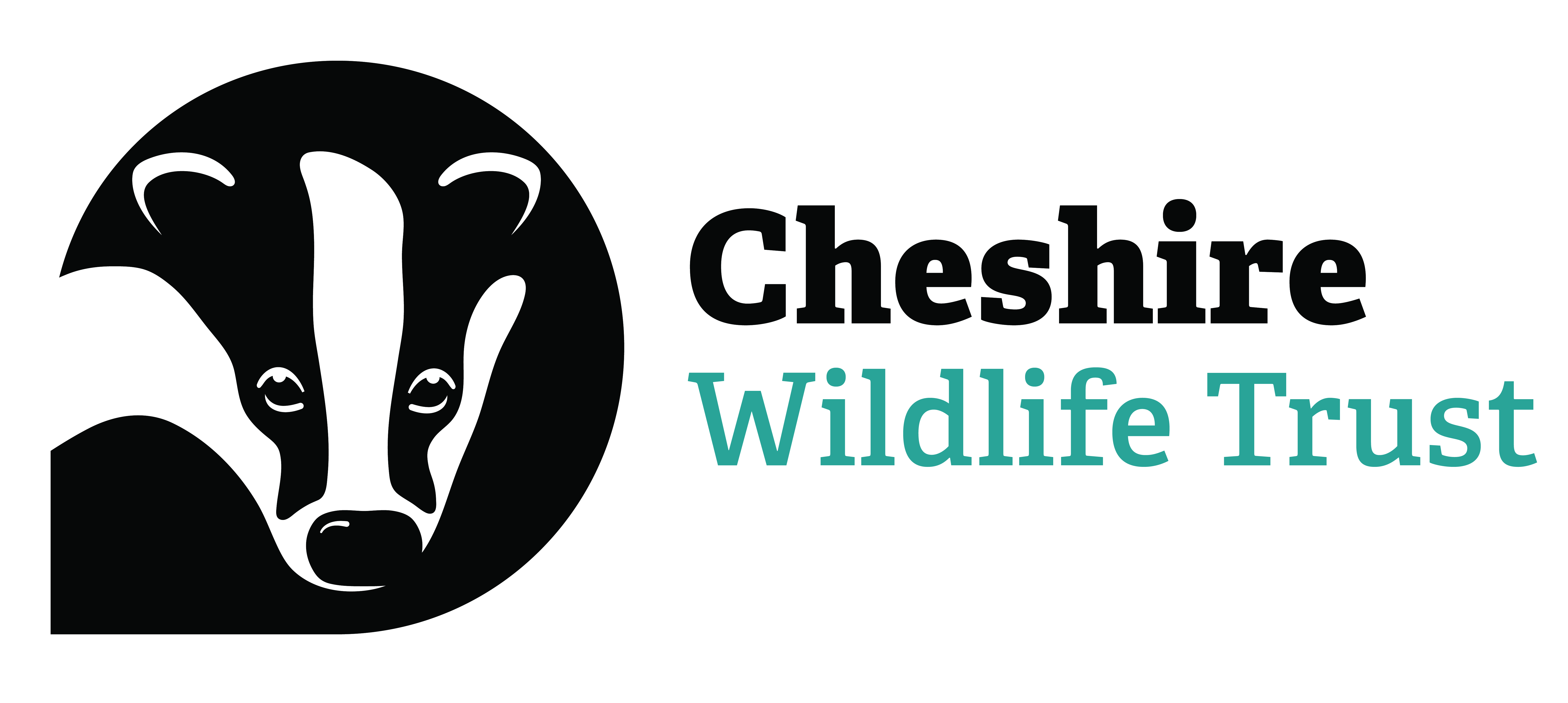
Heather c. Amy Lewis
Heathland
We have set ourselves a target of creating 400 ha of new habitat in Cheshire by 2030, including new areas of heathland.
Heathland is characterised by its wide, open landscapes peppered with the yellow of gorse and purple of heathers. Most of Cheshire’s heathland has now been lost with only a few hundred hectares remaining. Even rarer than rainforest, it is one of our most threatened habitats.
Our lowland heath is restricted to small pockets like that found on the Bickerton Hills and at Thurstaston Common on the Wirral. Those that are left, however, support a whole host of wildlife. Bees buzz around the bell heather. Adders and common lizards bask in the sun on bare patches of ground, while metallic green tiger beetles scuttle across sandy soils. In wetter areas, sphagnum mosses form a spongy, sopping layer and sundews glisten in the sun, waiting to ensnare unsuspecting flies.
Red grouse, twite, golden plover, ring ouzel, curlew, merlin and hen harrier are but a few of the many breeding bird species associated with the upland heathland of the Cheshire Pennines many of which. Places like Axe Edge Moor support a wide range of invertebrates including dragonflies and bumblebees.
Yellow underwing moth c. Sarah Atherton




